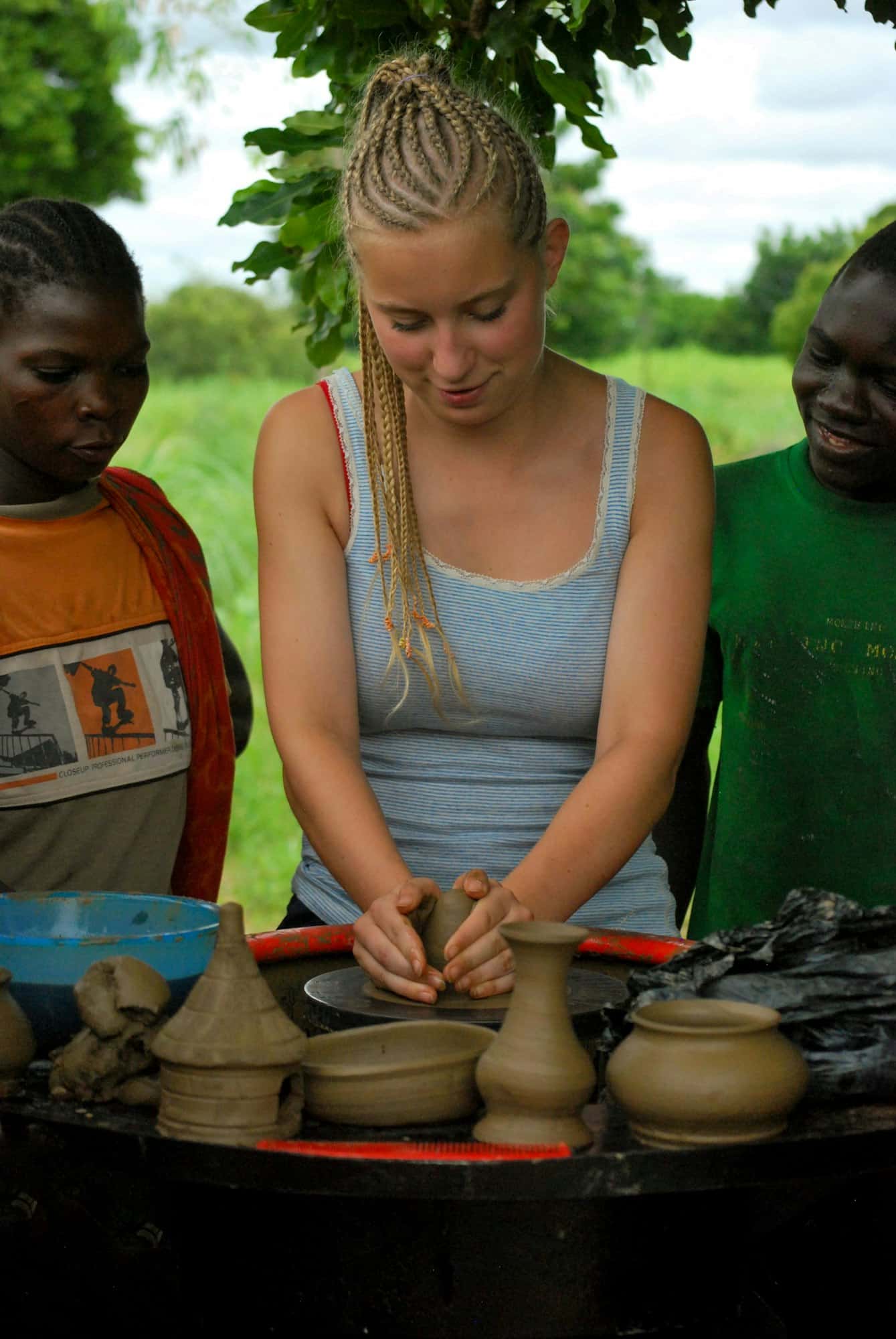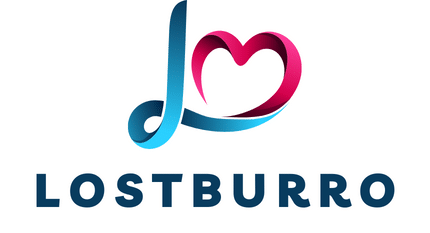What’s the Ideal Rehabilitation Program for a Dog Recovering from ACL Surgery?

When your furry friend undergoes Anterior Cruciate Ligament (ACL) surgery, it signifies the beginning of a long journey to recovery. The rehabilitation process is just as crucial as the surgical procedure itself. You, as pet parents, can significantly contribute to your dog’s recovery by ensuring they follow an ideal rehabilitation program. This article will guide you through various aspects of post-surgical rehabilitation, discussing exercises, weight management, pain management, and more.
Understanding the Importance of Rehabilitation
ACL surgery in dogs is a crucial procedure that rectifies a torn ligament in the knee joint. The ACL, or Anterior Cruciate Ligament, is a significant component of your dog’s knee, which provides stability and permits movement. When this ligament is torn, it leads to acute pain, inflammation, and instability. Surgical intervention becomes inevitable in severe cases. However, the journey doesn’t end with surgery.
En parallèle : How to Implement Positive Reinforcement Training for an Aggressive Parrot?
Post-surgical rehabilitation is paramount for a dog’s full recovery. The process aids in returning to normal function, reducing pain, and preventing future injury. A well-structured rehabilitation program, regulated by your veterinary surgeon, can expedite recovery and enhance the success rate of the surgery.
Role of Weight Management in Rehabilitation
Managing your dog’s weight is a crucial aspect of the recovery and rehabilitation process. It is a fact that overweight dogs are more prone to ACL injuries. Excess weight puts undue pressure on the knee joint, making it more susceptible to ligament tear. Therefore, ensuring your dog maintains an ideal weight post-surgery is of paramount importance.
Avez-vous vu cela : How to Create a Multi-Level Play Structure for Urban Cats with Limited Space?
A well-balanced diet, as recommended by your veterinary nutritionist, can help maintain a healthy weight. Remember to avoid overfeeding and ensure that your dog’s food is nutritionally rich. Regular light exercise, which we will discuss in the following section, will also aid in weight control.
Essential Exercises for ACL Rehabilitation
An exercise regimen is a cornerstone of ACL rehabilitation. However, it is crucial to remember that the exercises should be gentle and gradual. Starting with intense exercise can cause more harm than good.
Begin with passive range-of-motion (PROM) exercises. These involve moving your dog’s knee joint without involving the muscles. Spend around 10-15 minutes per day doing these exercises, but remember to stop if your dog shows signs of discomfort.
As your dog’s strength improves, you can gradually introduce weight-bearing exercises. Walking is the best exercise during this stage. Start with short walks of around 5 minutes, gradually increasing the duration as your dog’s strength improves.
Consult your veterinary physiotherapist before introducing any new exercises. They can provide a tailored exercise plan suitable for your dog.
Pain Management: A Vital Aspect of Rehabilitation
Managing your dog’s pain post-surgery is vital for a successful recovery. It will not only keep your dog comfortable but also encourage them to participate in exercises, aiding in quicker recovery.
Your veterinary surgeon will prescribe a course of pain relief medication post-surgery. Ensure to administer these as recommended. Additionally, therapies such as joint massage, hot and cold therapy, or acupuncture can also help manage pain.
Remember, pain management is a continuous process. Regular veterinary check-ups are crucial to monitor your dog’s pain levels and adjust the treatment plan accordingly.
Importance of Veterinary Therapy in Rehabilitation
Veterinary therapy plays an indispensable role in your dog’s recovery from ACL surgery. It encompasses a range of modalities, including hydrotherapy, physiotherapy, and laser therapy, each with distinct benefits.
Hydrotherapy, or water-based therapy, is effective for dogs recovering from ACL surgery. The buoyancy of water reduces the weight on the healing knee, allowing the dog to move more freely. Simultaneously, the resistance provided by water helps strengthen the muscles.
Physiotherapy involves a range of gentle exercises that improve joint mobility and muscle strength, enhancing recovery. As discussed earlier, the physiotherapist will provide a tailored exercise regimen for your dog, frequently adjusting it based on your dog’s progress.
Laser therapy is another effective modality for pain management and enhancing tissue healing. It uses low-level lasers to stimulate the cells and boost the healing process.
Your veterinary surgeon will recommend the most suitable therapy or combination of therapies based on your dog’s individual needs.
In conclusion, an ideal rehabilitation program for a dog recovering from ACL surgery is multifaceted, involving weight management, exercises, pain management, and veterinary therapy. Remember, your dog’s recovery is a gradual process, and patience is key. With your love, care, and adherence to a well-structured rehabilitation program, your furry friend will be back on their feet in no time.
The Crucial Role of Canine Rehabilitation in ACL Surgery Recovery
Canine rehabilitation, also known as veterinary physical therapy, is an essential component of your dog’s post-operative recovery plan after ACL surgery. These therapeutic interventions aim to aid in restoring your dog’s normal functioning, alleviating pain, and minimizing the risk of future injuries. Rehabilitation varies for each dog, depending on the type of surgical procedure, the individual dog’s needs, and the severity of the ACL tear.
Following surgery, most dogs will have restricted mobility due to pain and swelling. This is where the range of motion (ROM) exercises can prove to be beneficial. ROM exercises, guided by a veterinary physiotherapist, help improve joint flexibility and reduce stiffness. These exercises are usually initiated within a few days post-surgery and are performed several times a day.
Another crucial part of canine rehabilitation is weight bearing exercises such as standing, sitting, and slow walking. These activities help in strengthening the leg muscles and improving balance. However, these should be introduced gradually and under the guidance of a physiotherapist to avoid straining the healing ligament.
Additionally, incorporating therapeutic modalities such as hydrotherapy and laser therapy can also aid in your dog’s recovery. Hydrotherapy, particularly, is beneficial as it allows your dog to exercise without putting too much load on the healing knee.
Last but not least, consistent monitoring and adjustment of the rehabilitation program based on your dog’s progress is key. This ensures that your dog is recovering at a steady pace and any complications are identified and addressed promptly.
Conclusion
ACL surgery is a critical intervention that helps manage a torn cruciate ligament in dogs, but this is only the first step in your furry friend’s recovery journey. A well-structured and comprehensive rehabilitation program plays a vital role in ensuring a successful recovery and return to normal function.
Effective weight management through a balanced diet and gentle exercise, pain management through medication and additional therapies, and a series of tailored exercises under the guidance of a trained veterinary physiotherapist are all essential components of this program.
The journey of recovery for your dog from an ACL surgery can be long and challenging, but with your unwavering commitment, patience, and the right rehabilitation program, you can ensure that your dog bounces back to its usual, vibrant self. Remember, the goal of canine rehabilitation is not just about healing but also about improving the quality of life for your dog after surgery.
As a pet parent, you play a crucial role in your dog’s recovery. Your love, care, and adherence to the rehabilitation program will significantly contribute to your dog’s successful recovery.
